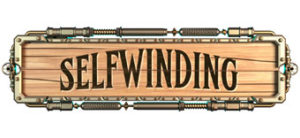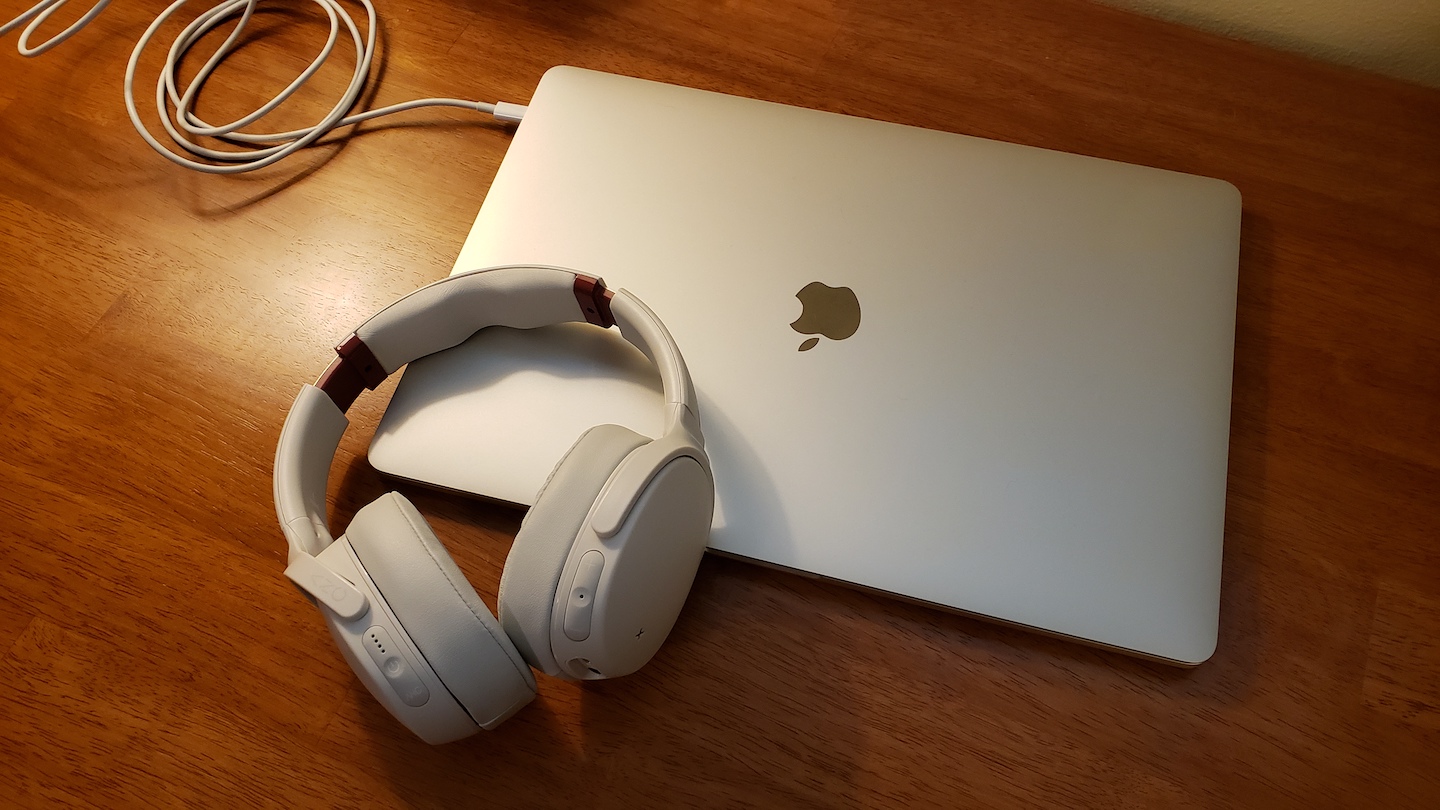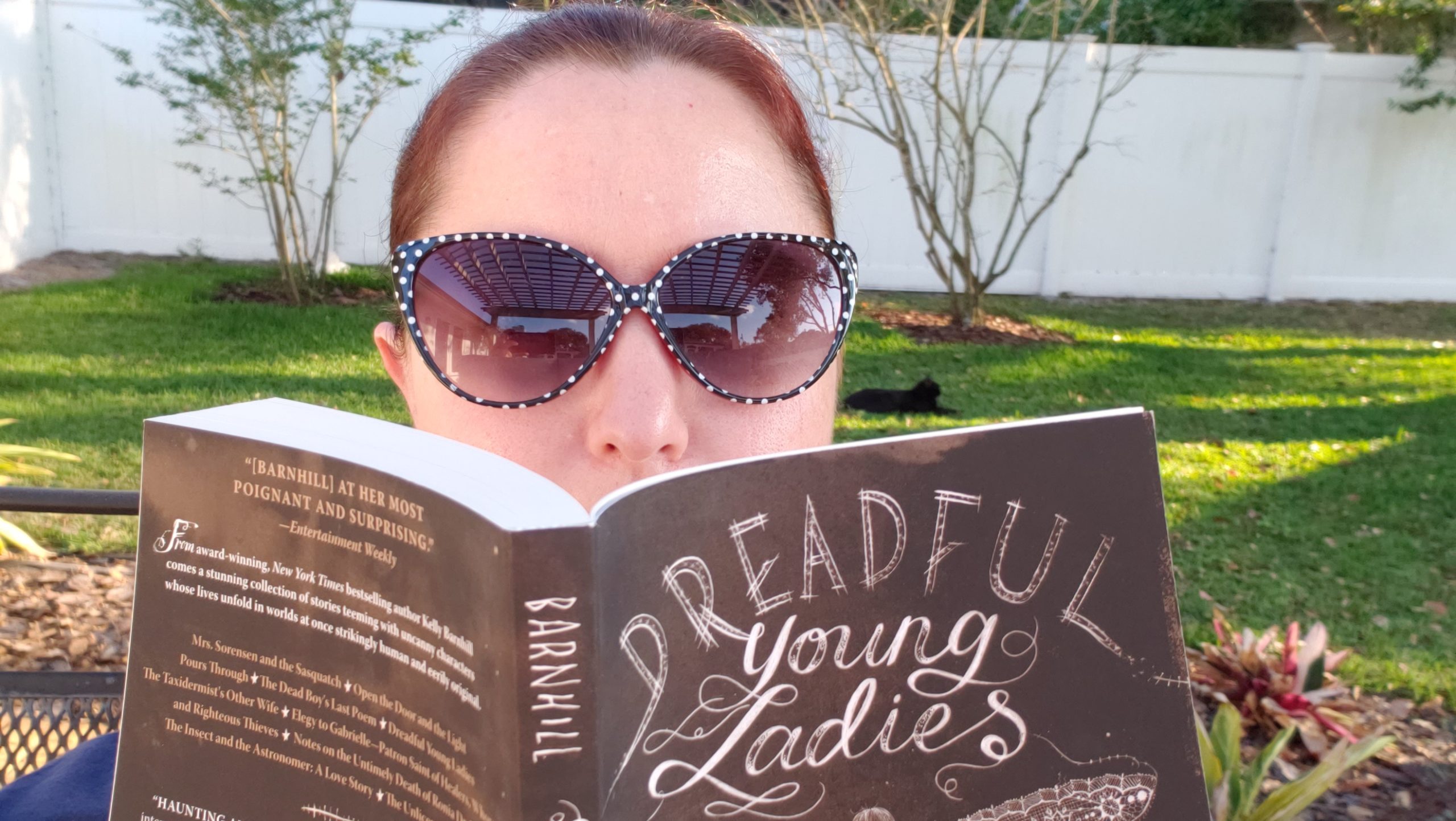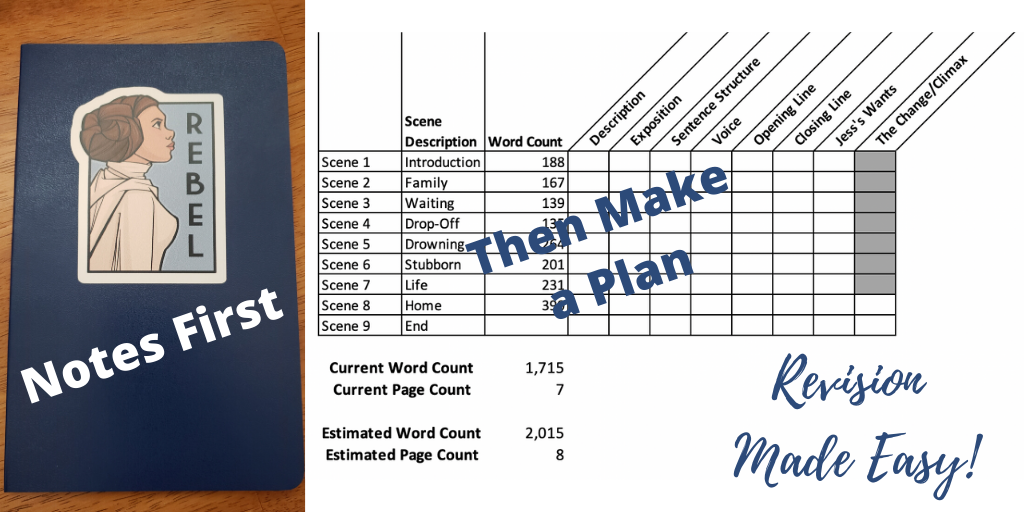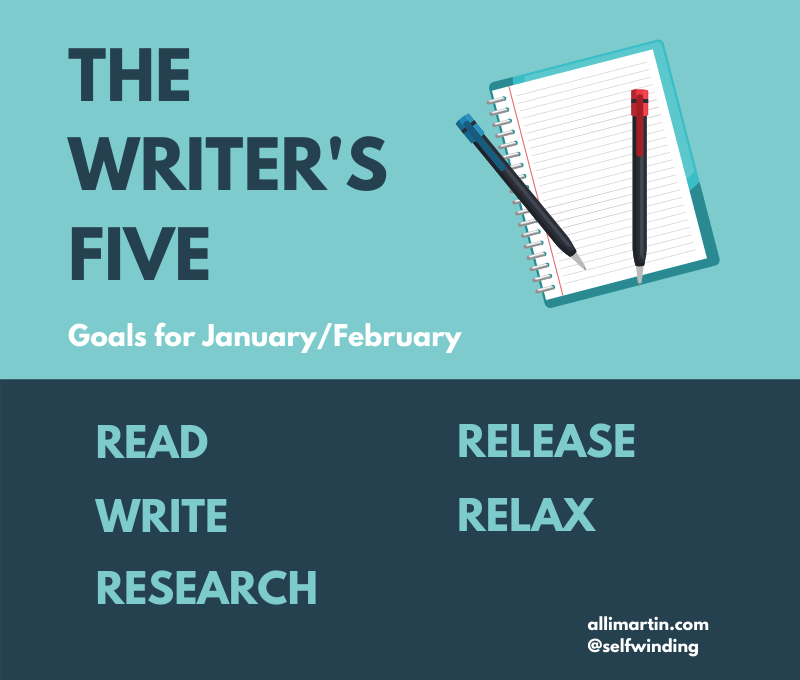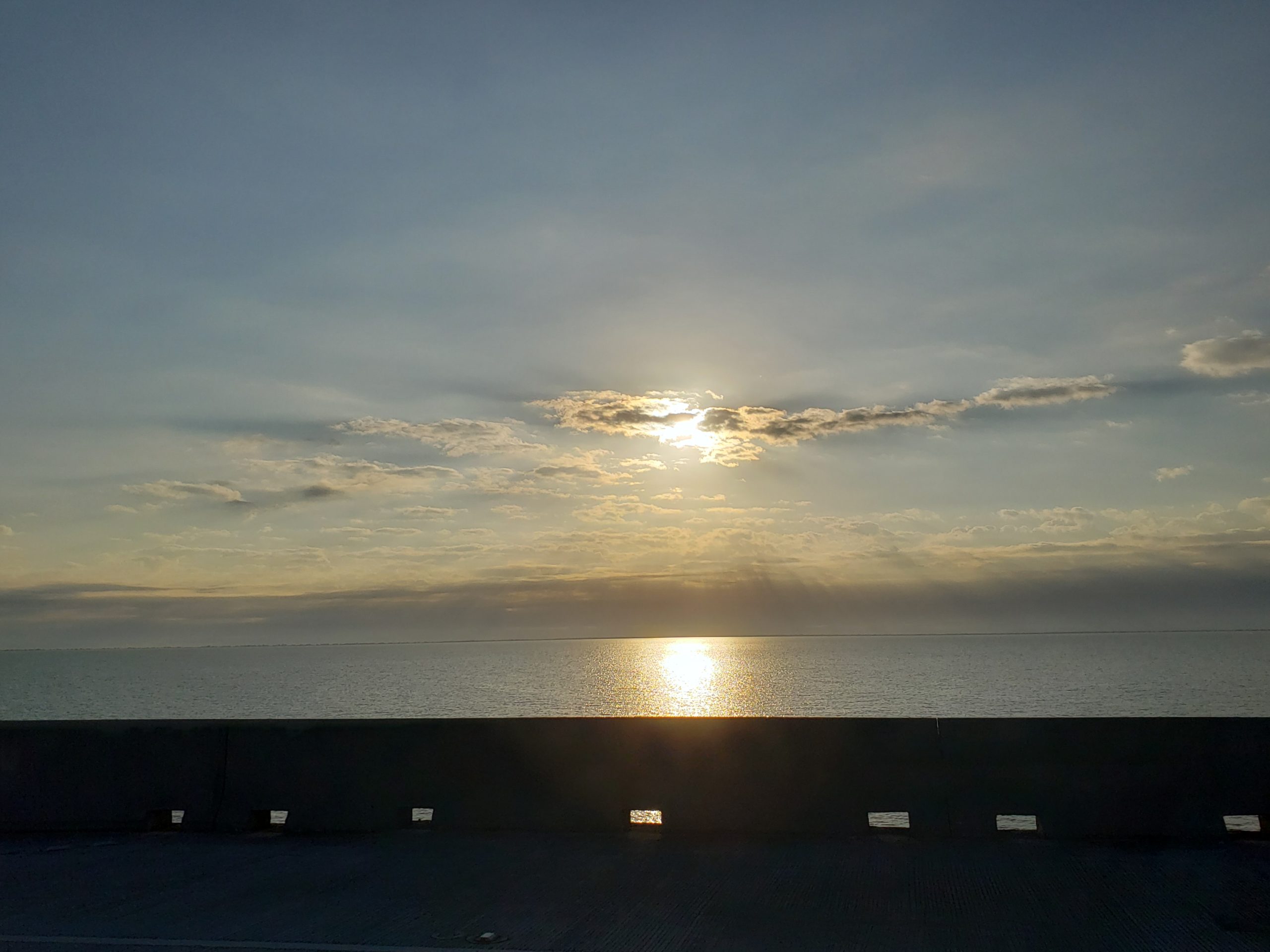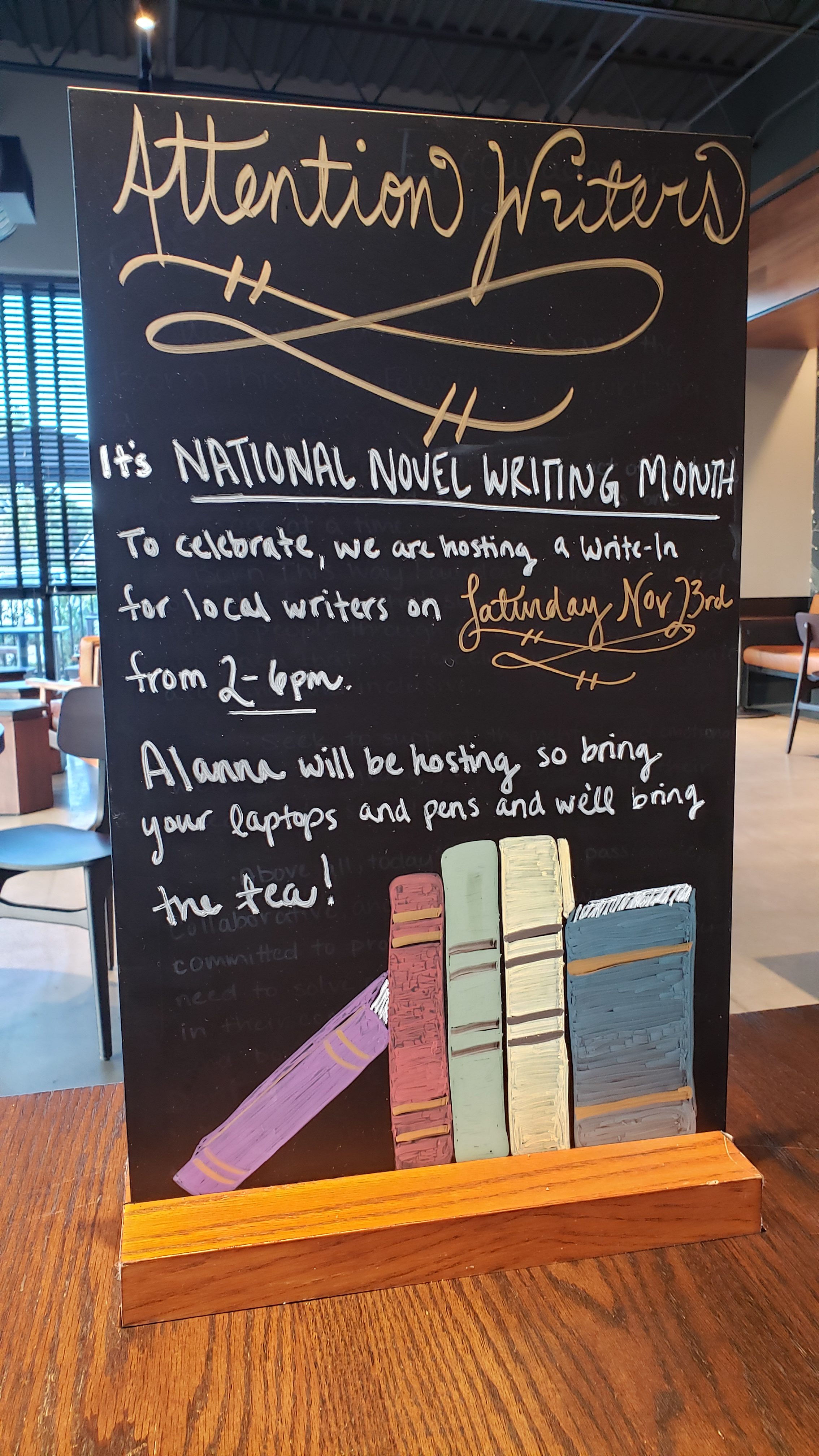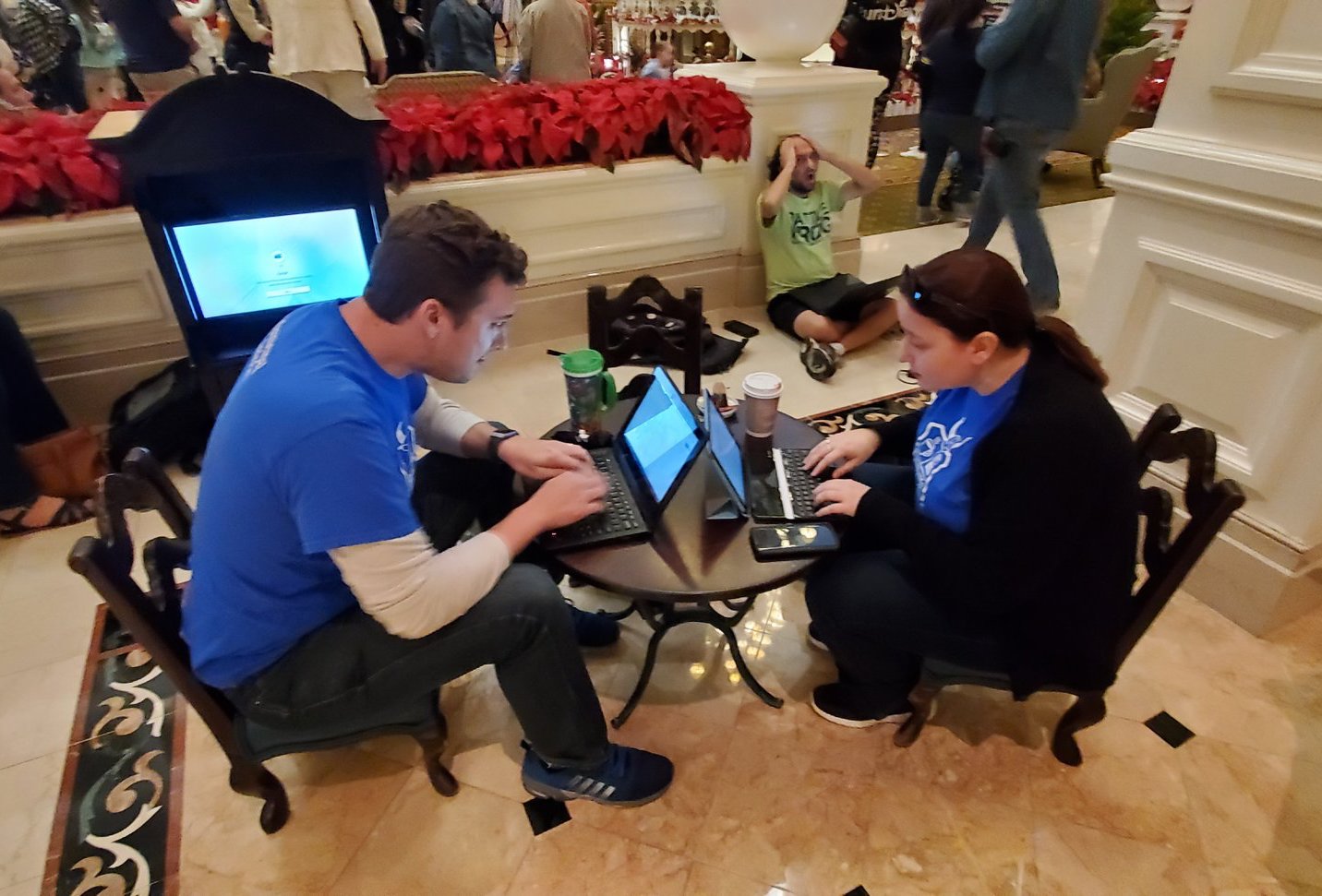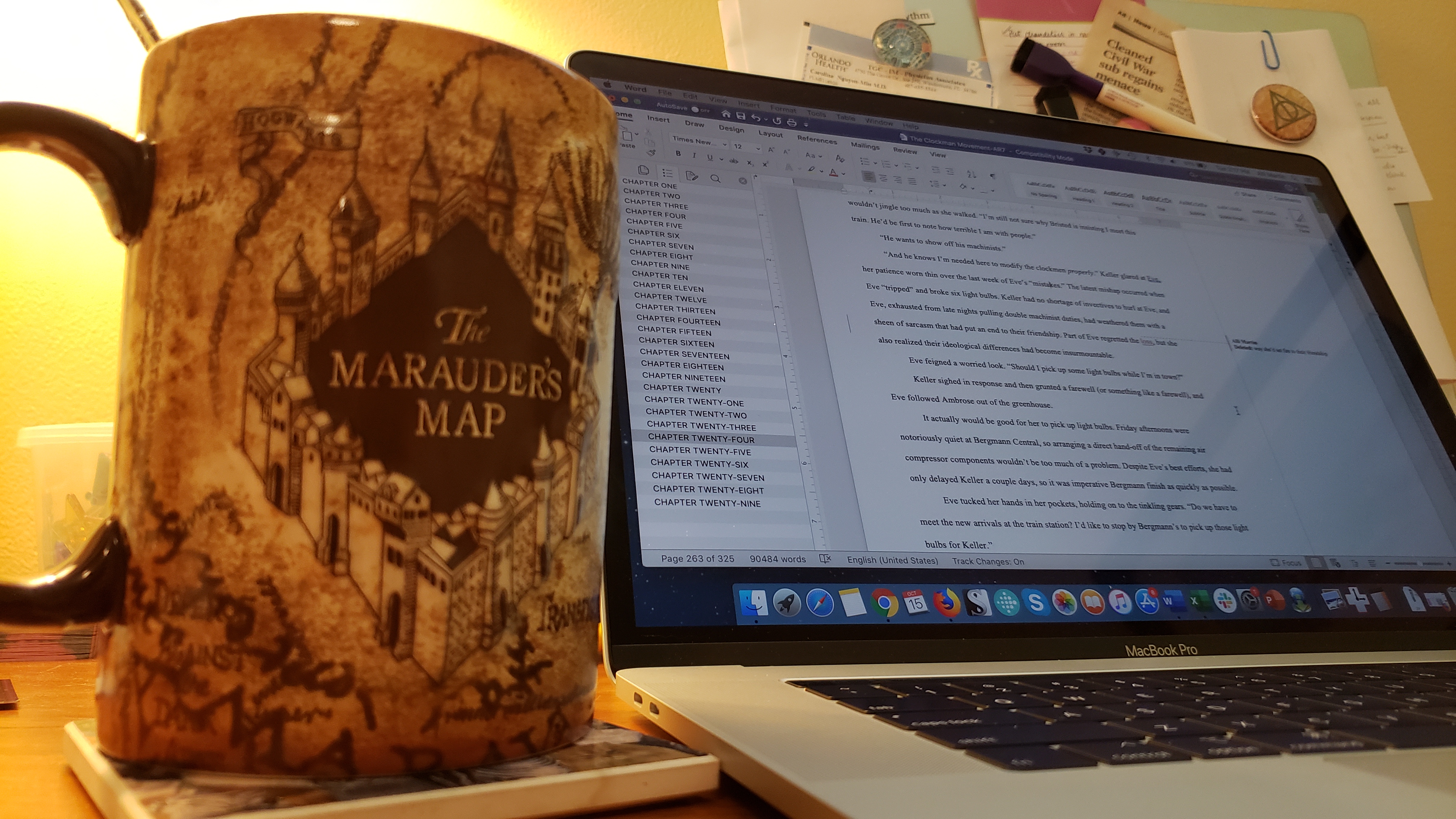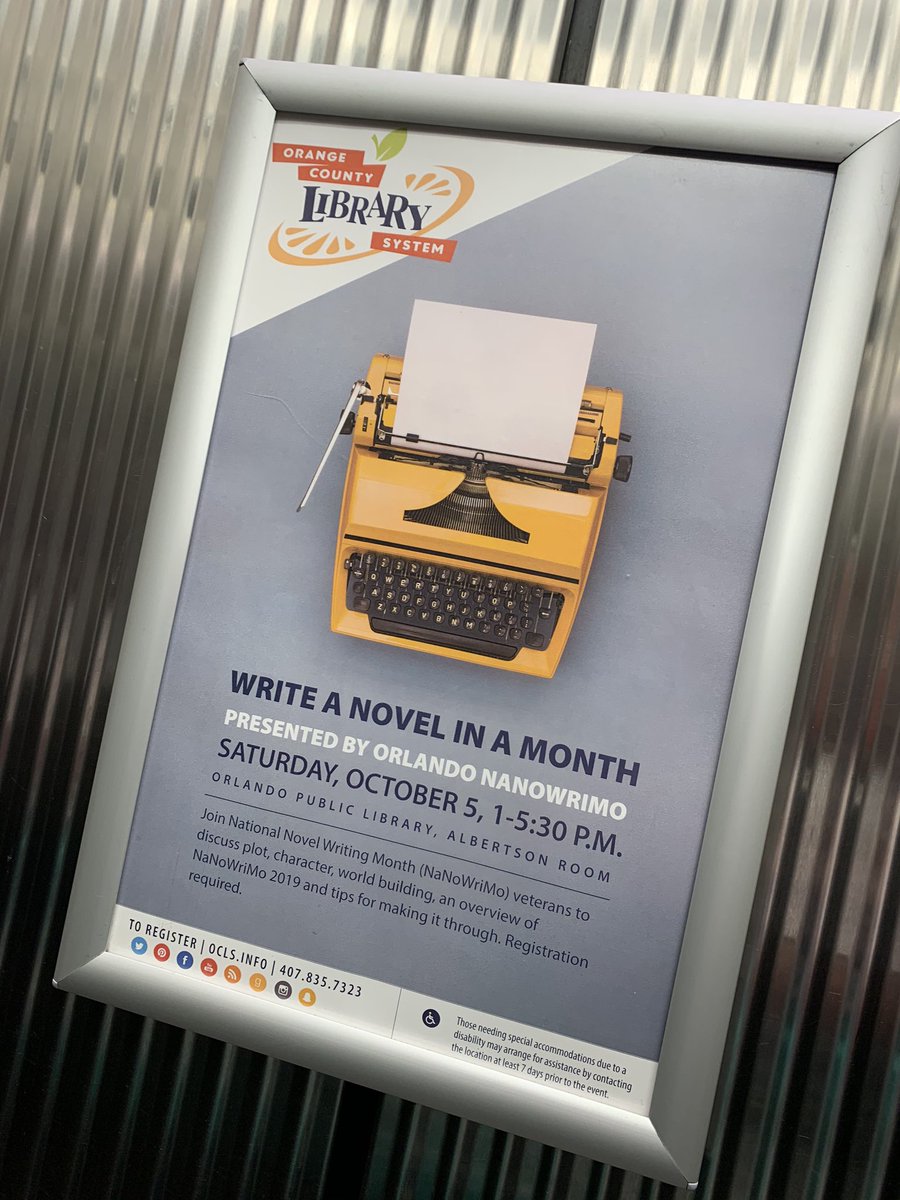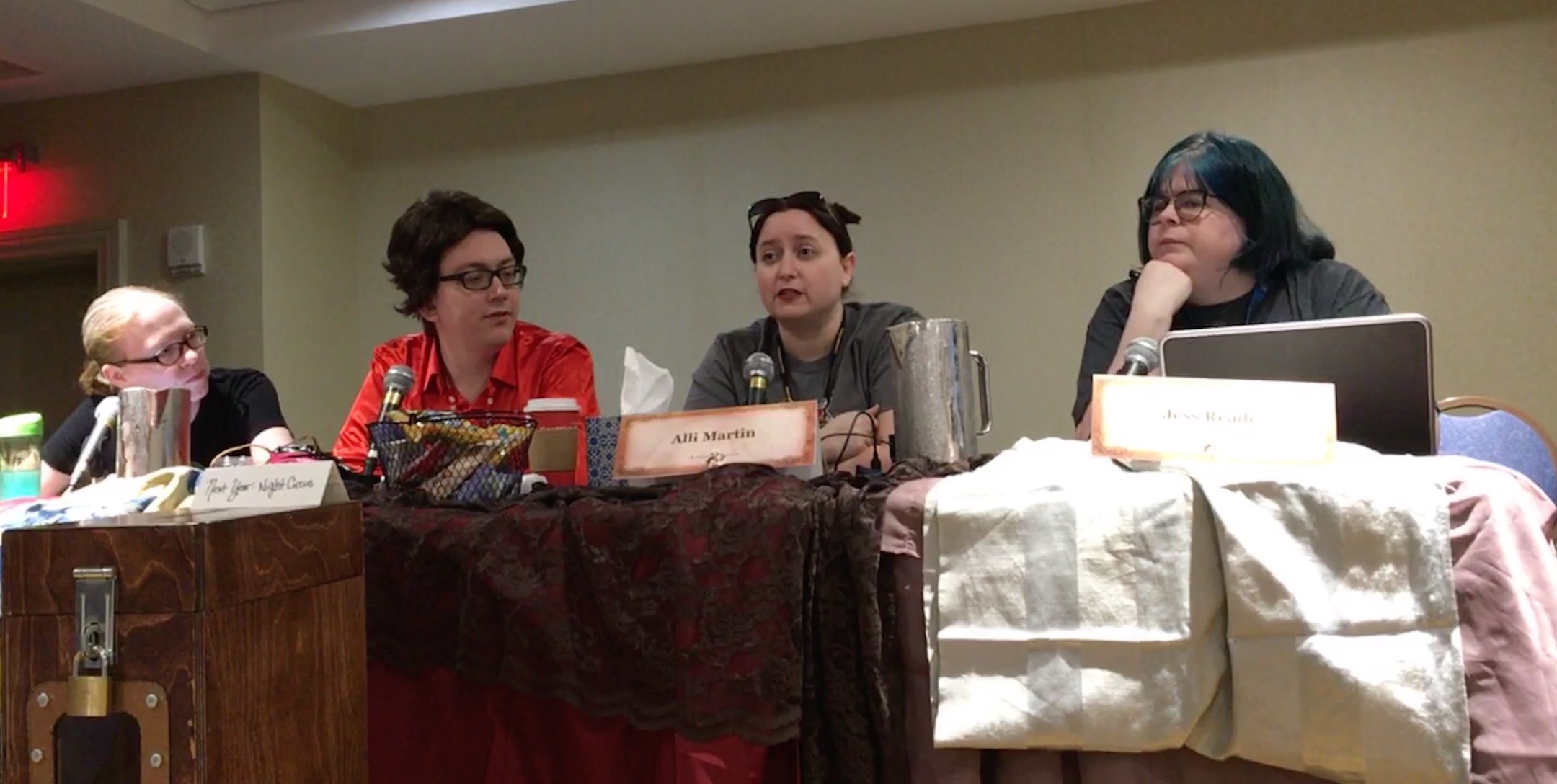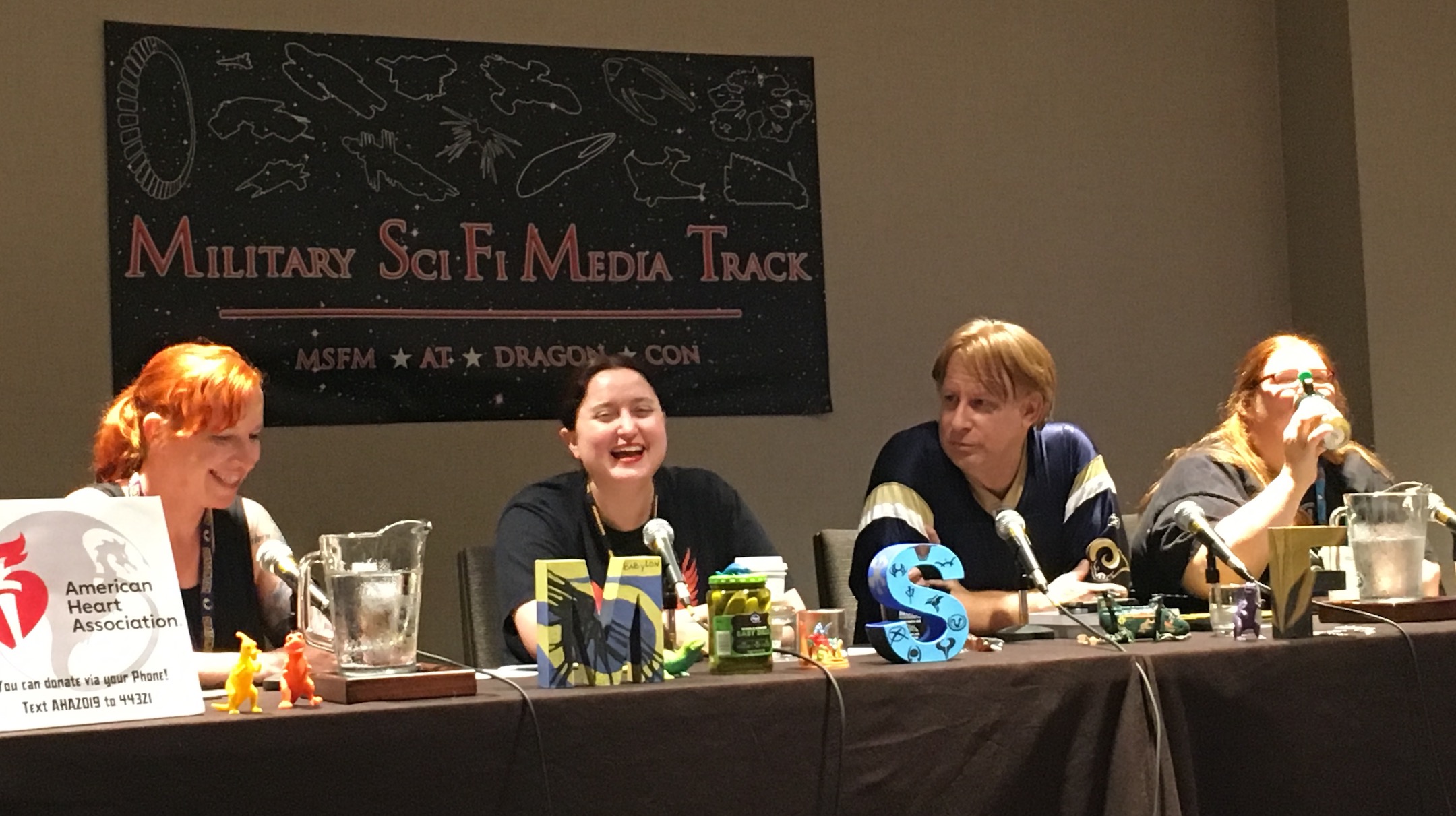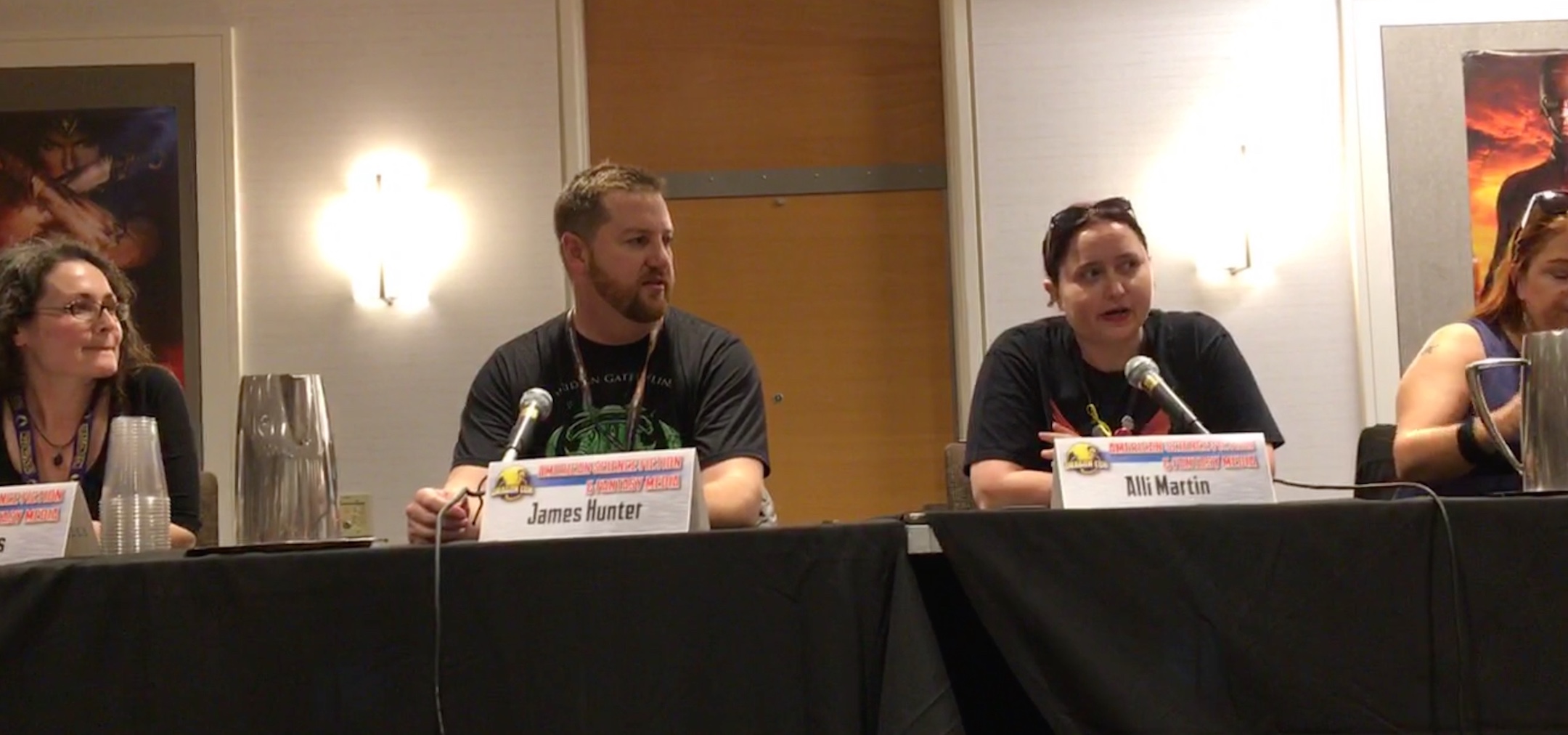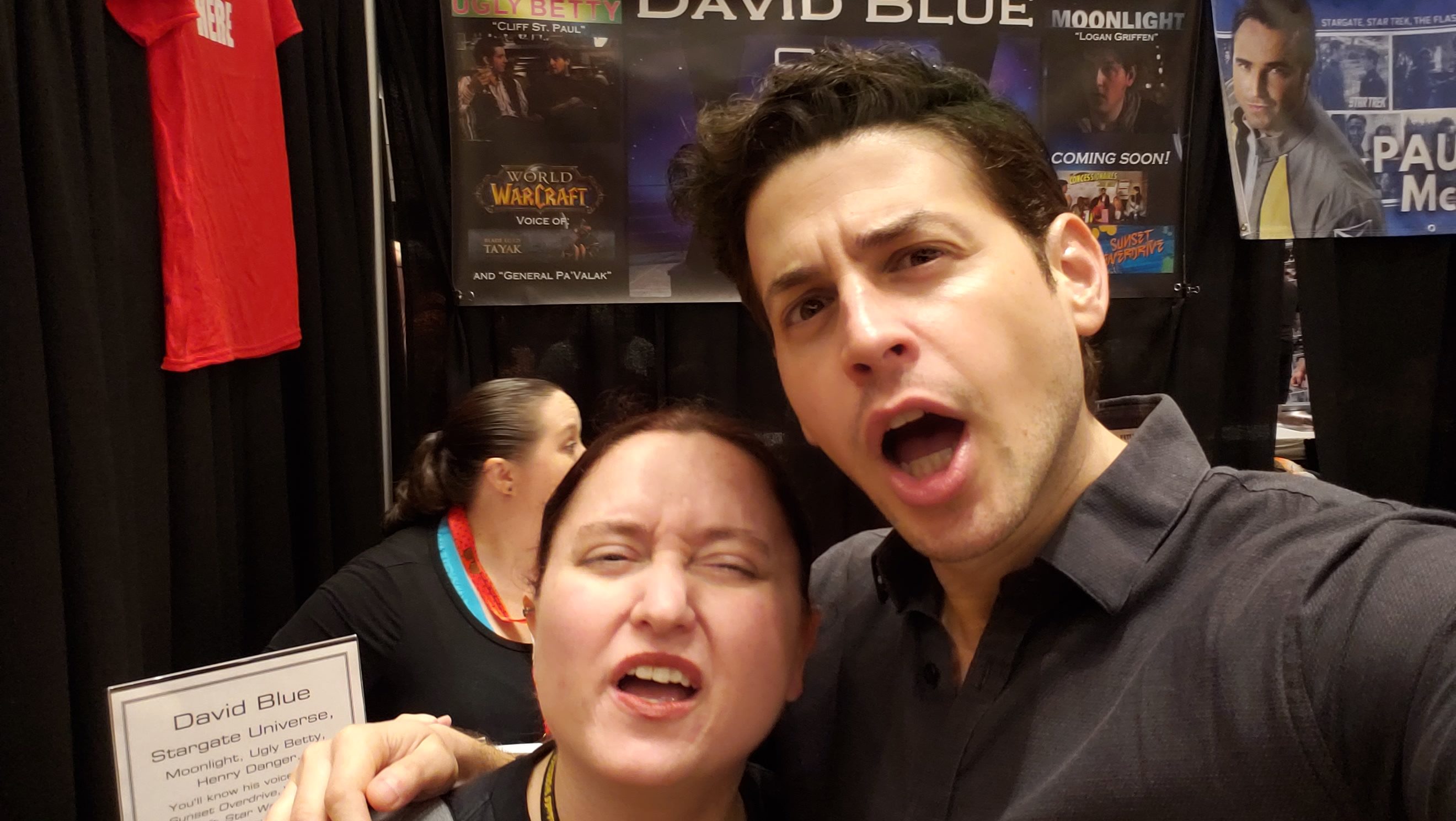One of the worst parts of quarantine for me is giving up going to conventions. I love conventions. I love being around people excited about stuff, geeking out with professional geeks, and seeing people display their obsessions in all manner of creative ways. But the convention community is creative, perseverant, and bold as all hell, so it shouldn’t have surprised me to see conventions not only move online but do so in a way that made me feel like I was actually at a con!
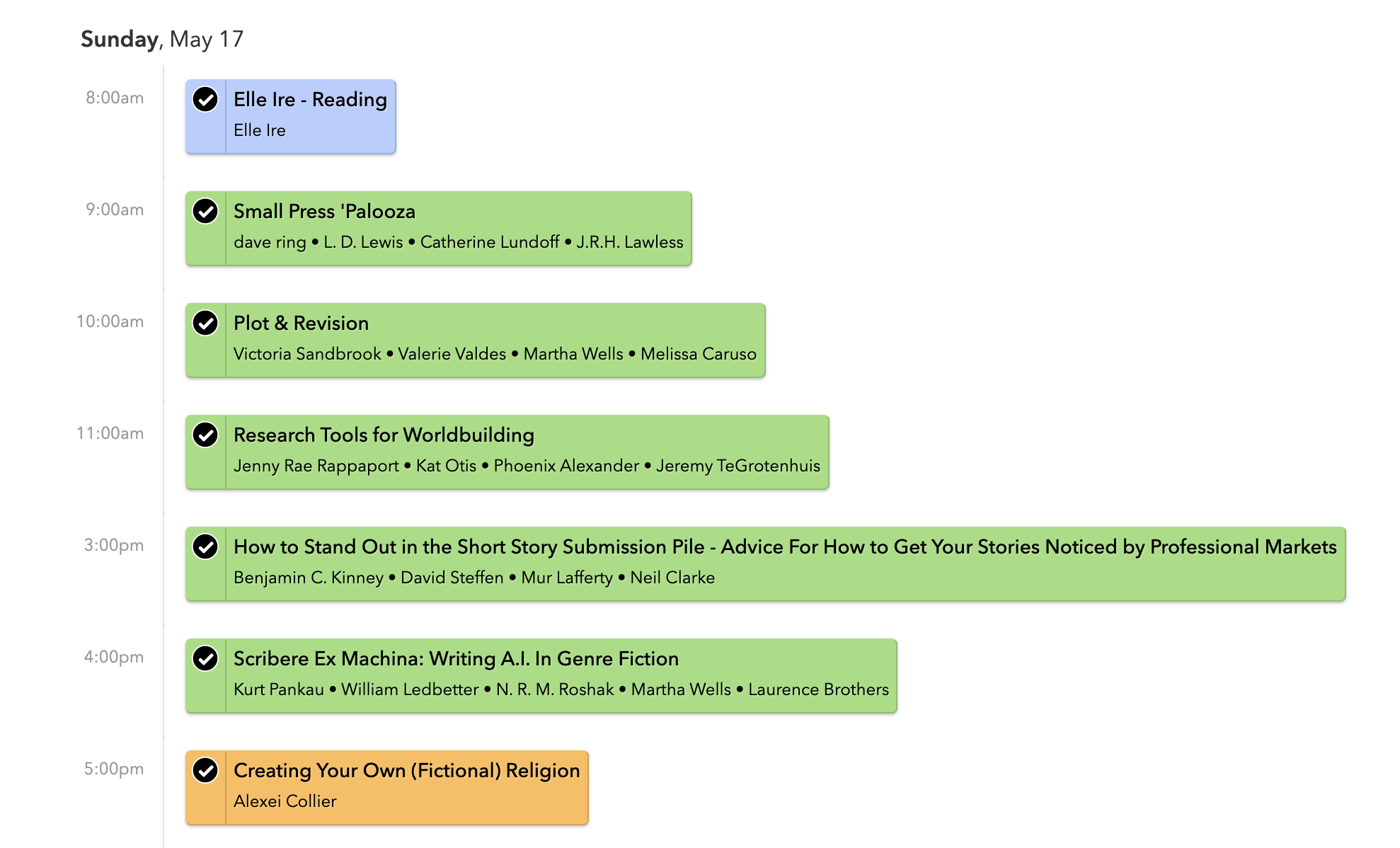 In mid-May I attended Flights of Foundry, a streaming conference for sci-fi and fantasy writers. The conference was genuinely amazing, packed with great content—much more than I would have expected for a free conference—and spanning enough hours I was rooted to my computer for more or less 12 hours a day. Was I fatigued by the end? Certainly, but in the good way.
In mid-May I attended Flights of Foundry, a streaming conference for sci-fi and fantasy writers. The conference was genuinely amazing, packed with great content—much more than I would have expected for a free conference—and spanning enough hours I was rooted to my computer for more or less 12 hours a day. Was I fatigued by the end? Certainly, but in the good way.
The thing that impressed me the most about Flights of Foundry was how they recreated an in-person experience with virtual tools. The conference operated through several different panel “room” streams, which stayed open between panels. The schedule directed attendees and panelists to the different streams, the same way you might shuffle between panel rooms in a hotel. The rooms didn’t disappear when the panel was over, and if you wanted to just stay in one stream/room, another panel would start in a moment. That aspect alone was enough to make me feel more like I was visiting a conference room than a video stream.
To facilitate the conference atmosphere, Flights of Foundry had a corresponding Discord server. Each panel stream had a Discord channel where you could “attend” with everyone else. This allowed for discussion between and during panels. It allowed the audience to have secondary conversations, questions, and sharing outside of what would have been possible in the in-person format. (I pulled so many book and article recommendations from the Discord.) It was a little like the experiences I’ve had live-tweeting panels, except everyone responding to commentary had the relevant context without me having to also tweet the context.
Outside of the panel room channels, the Discord offered additional places to chat and meet people with similar interests (editor-chat, comics-creator-chat, writer-chat, for example). I didn’t play in the non-panel channels during the convention, but some of them have stayed active, even a couple weeks later.
Suffice it to say, I was extremely happy attending Flights of Foundry as a virtual conference, and if this is any indication of what the convention season might be like for the remainder of 2020, I’m not worried. I’ll miss seeing my friends’ faces in person, but many of the other aspects of conventions can be reproduced virtually, and I’m excited to continue visiting more conferences than I would in a normal year. (Travel is so much easier when I just have to walk from my bedroom to my office.)
For full access to The Write Life, sign up on Patreon for $1 or more per month. You’ll also receive a personalized thank you in a future edition of The Write Life.
